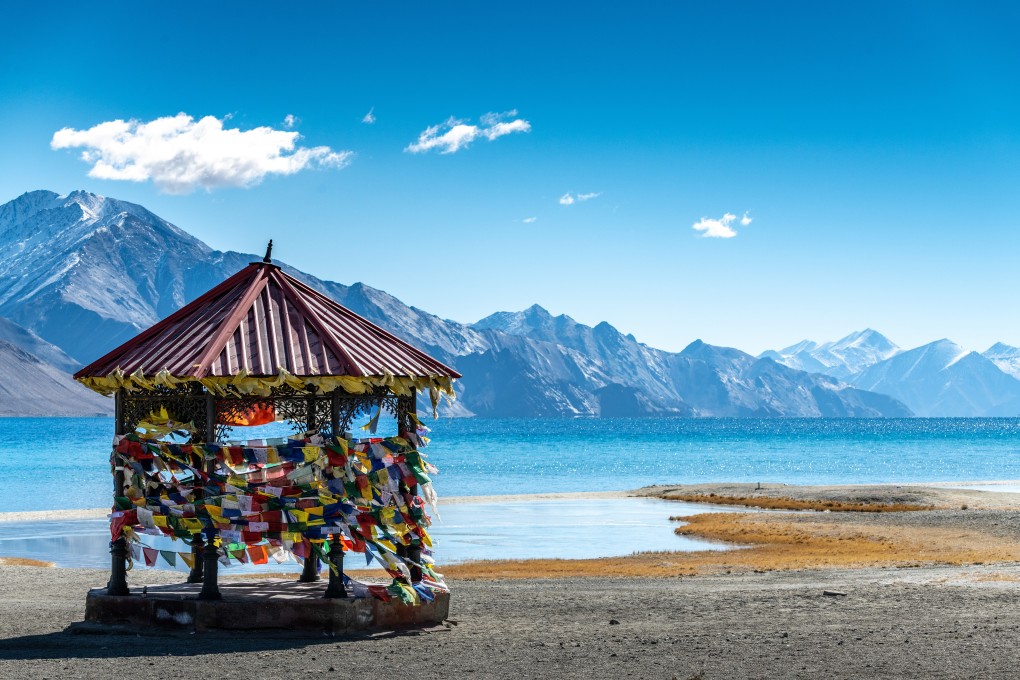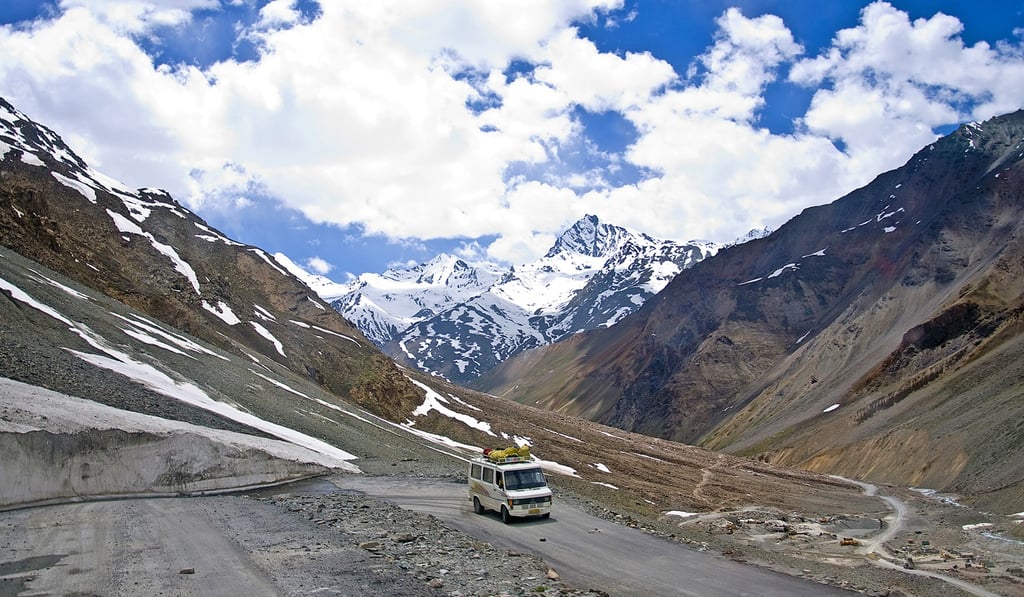Ladakh: the good, bad and ugly sides to India’s ‘Little Tibet’, high in the Himalayas
- A new tunnel will provide year-round access to an area usually cut off by snow for seven months of the year
- Even without it, Ladakh’s resources and environment are already being stretched to breaking point

The good
The name derives from “la dags” meaning “land of mountain passes” and it’s a region characterised by high-altitude desert hemmed in by the mighty Himalayan and Karakoram ranges.
Cut off from the rest of the country by snow for seven months of the year, India’s northernmost region comes alive in summer. Deserts with the texture of eczema are lubricated by rivers swollen with snow melt and the run-off from dazzling turquoise lakes.

Shaven-headed monks emerge from brilliant-white monasteries and squint in the piercing sunlight. Talking of which, Ladakh will soon be home to the world’s largest single-location solar photovoltaic plant.
It could certainly do with the extra energy – tourism is booming and has brought tangible economic benefits. In all, 327,366 people visited the city of Leh in 2018, a whopping 50,000 increase on the previous year.